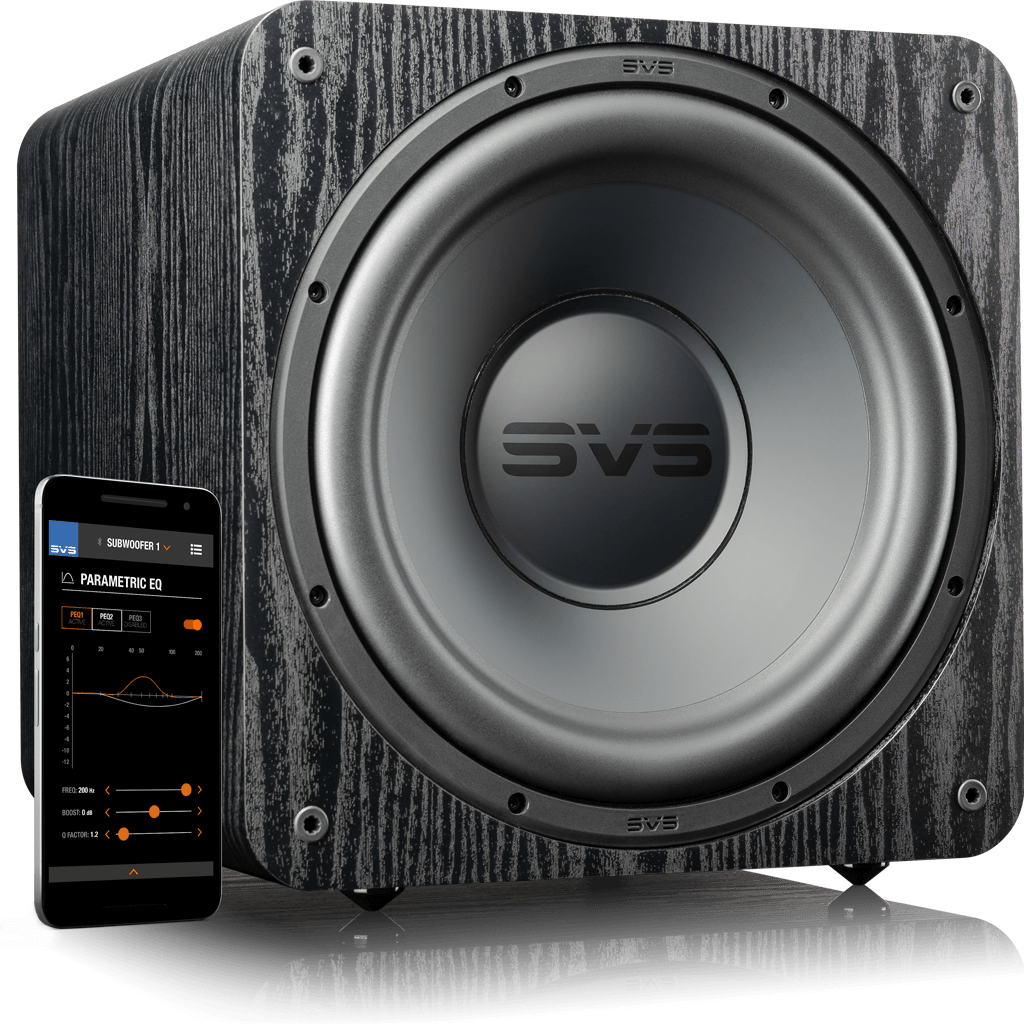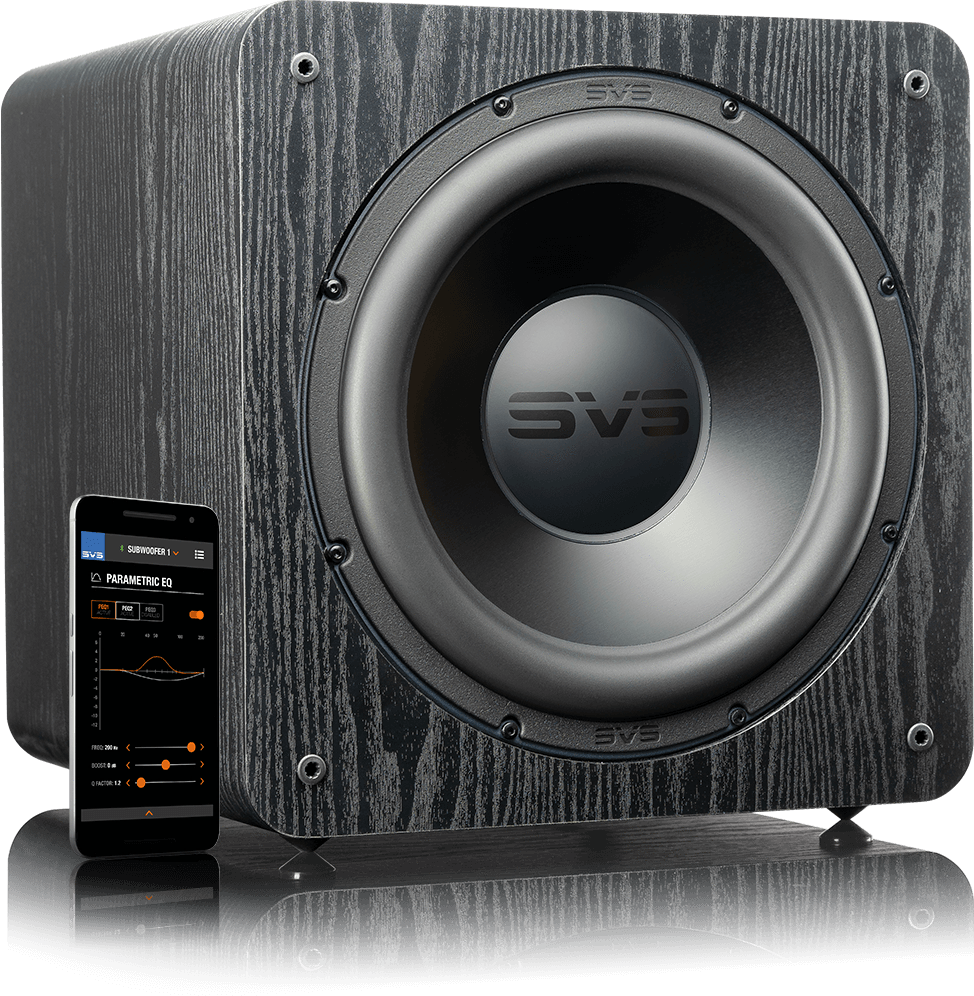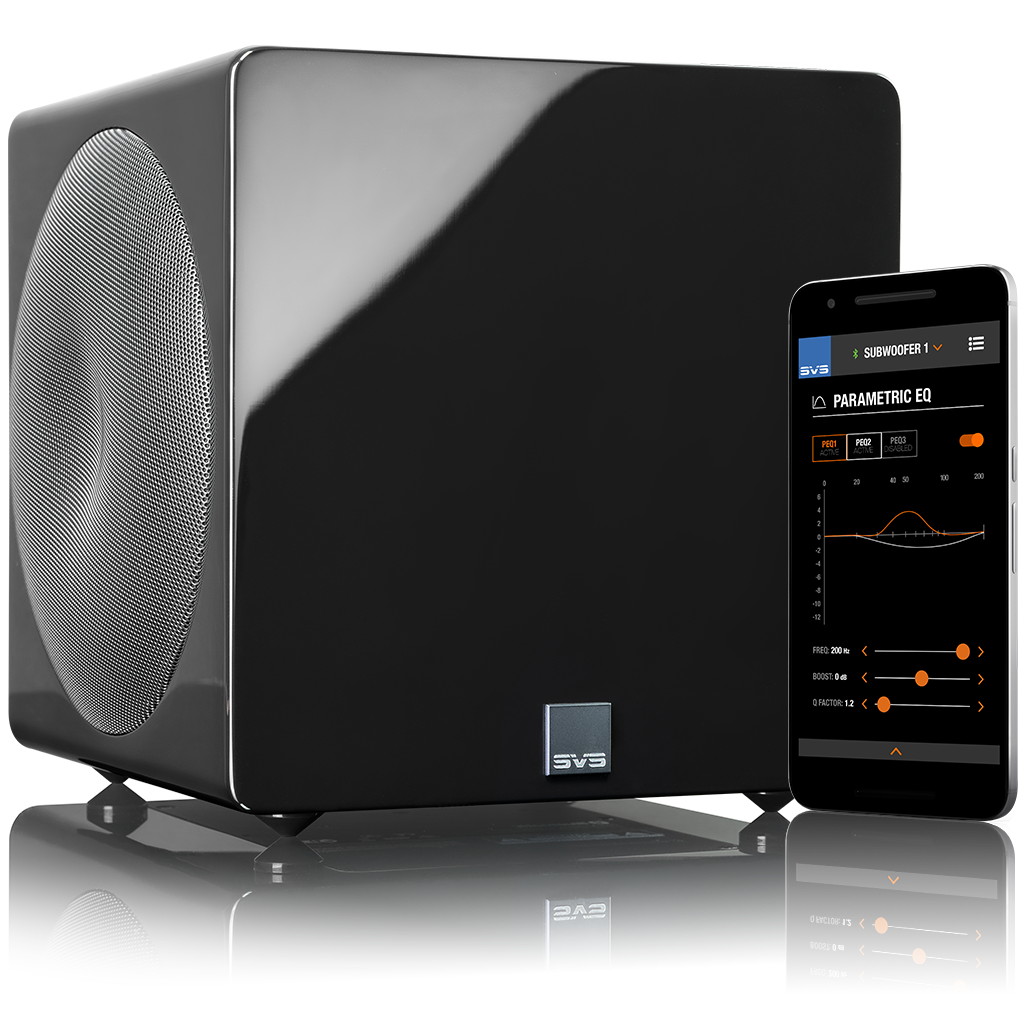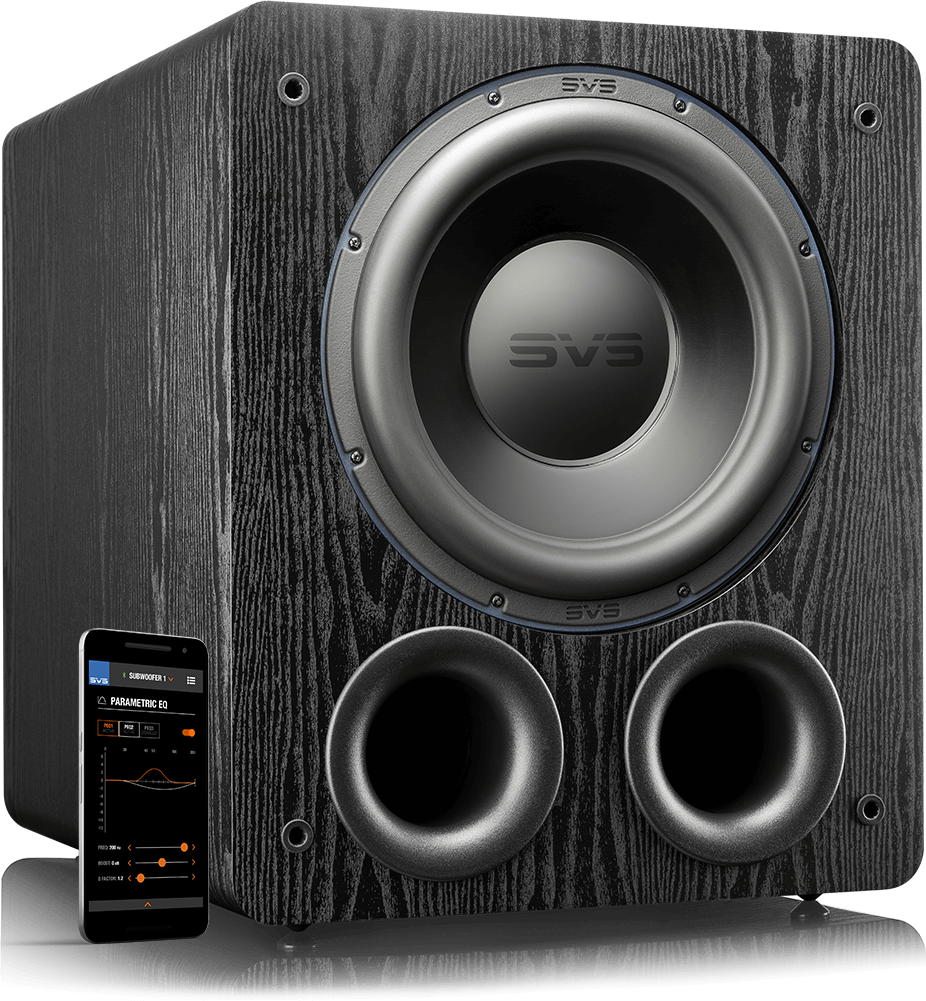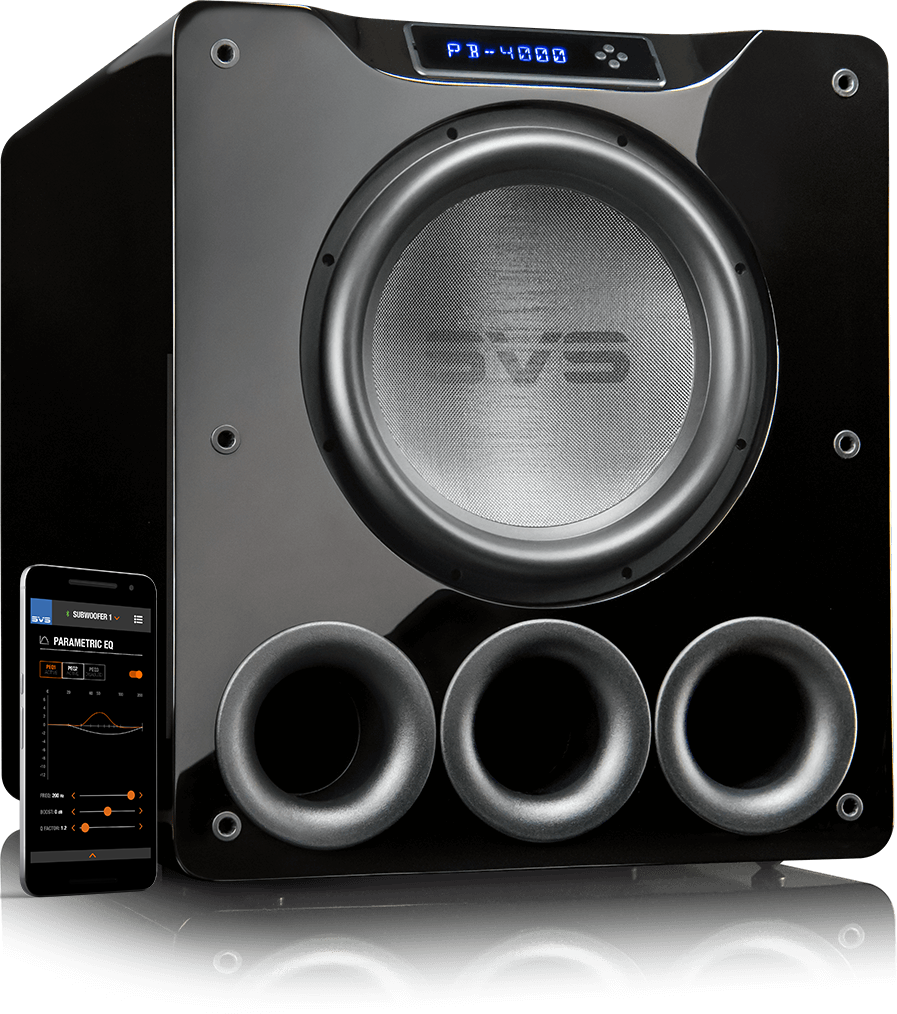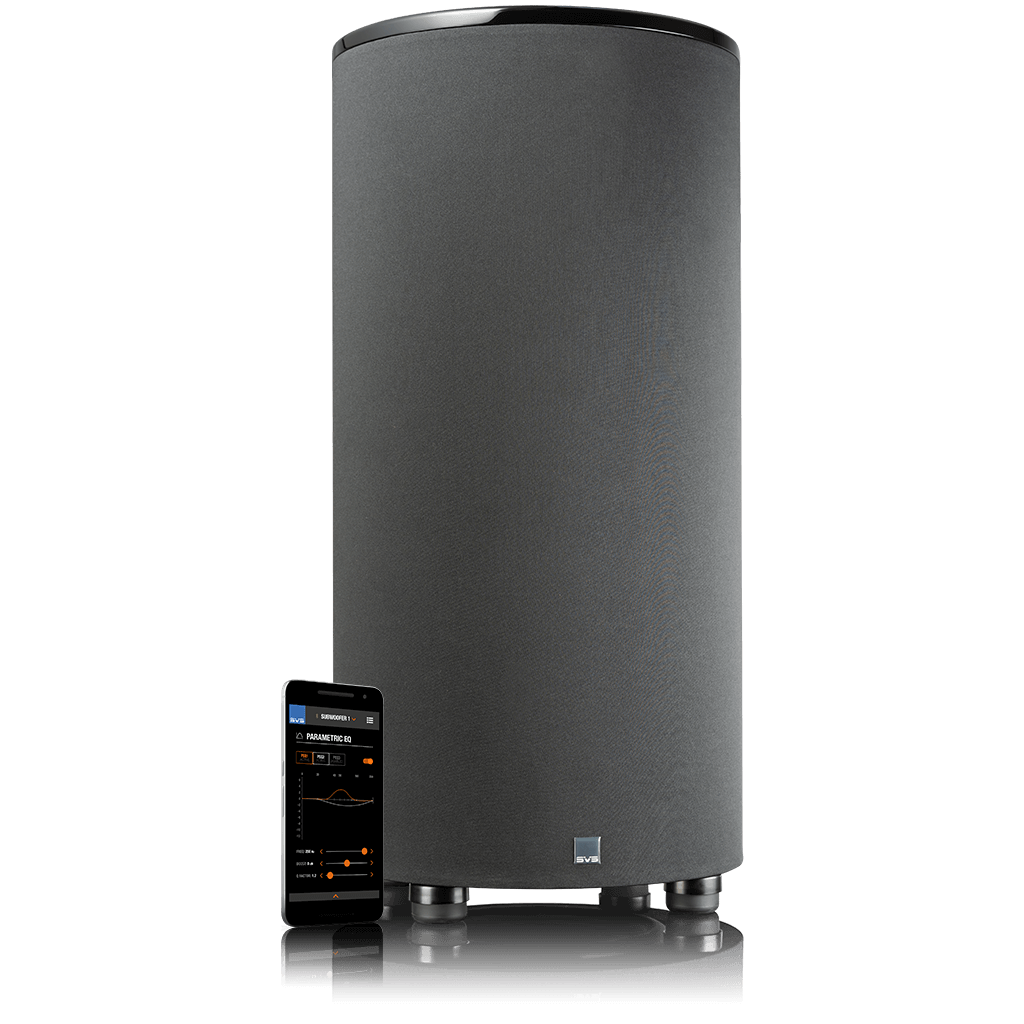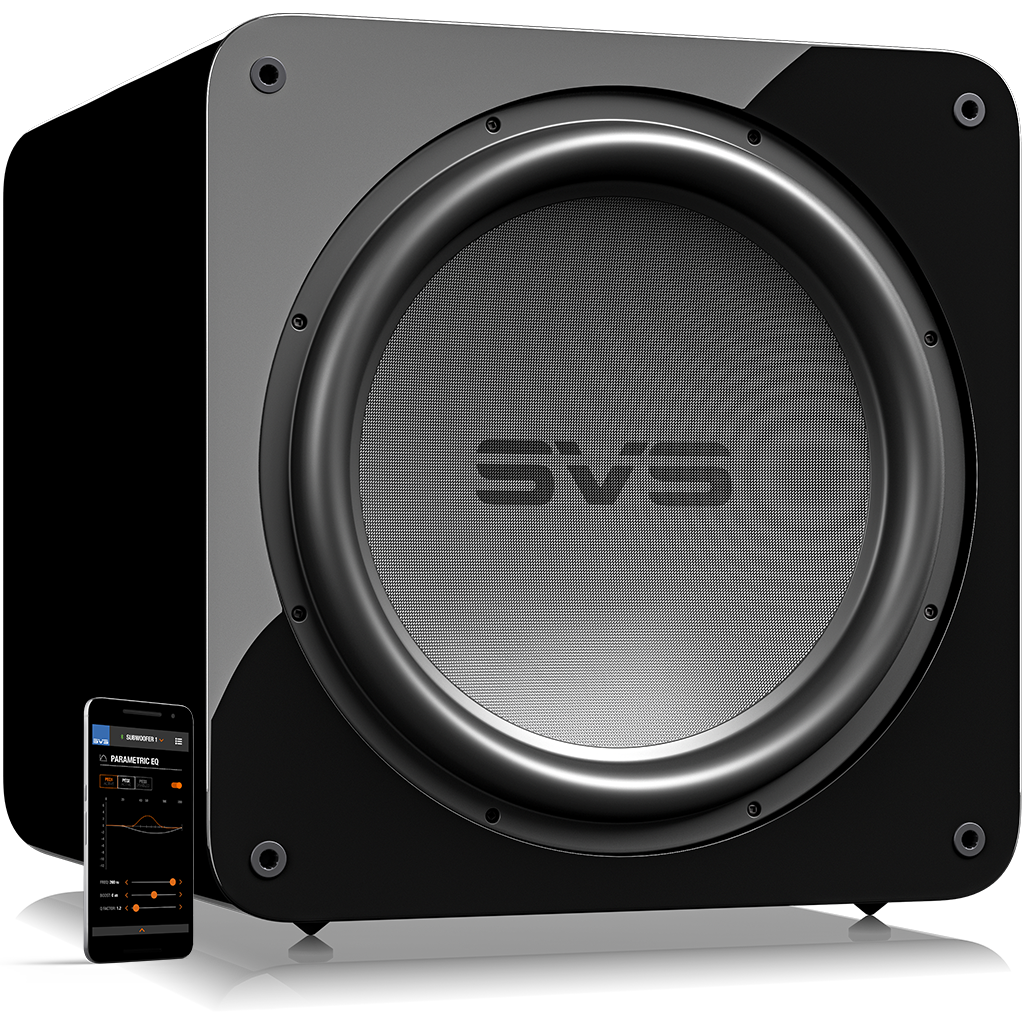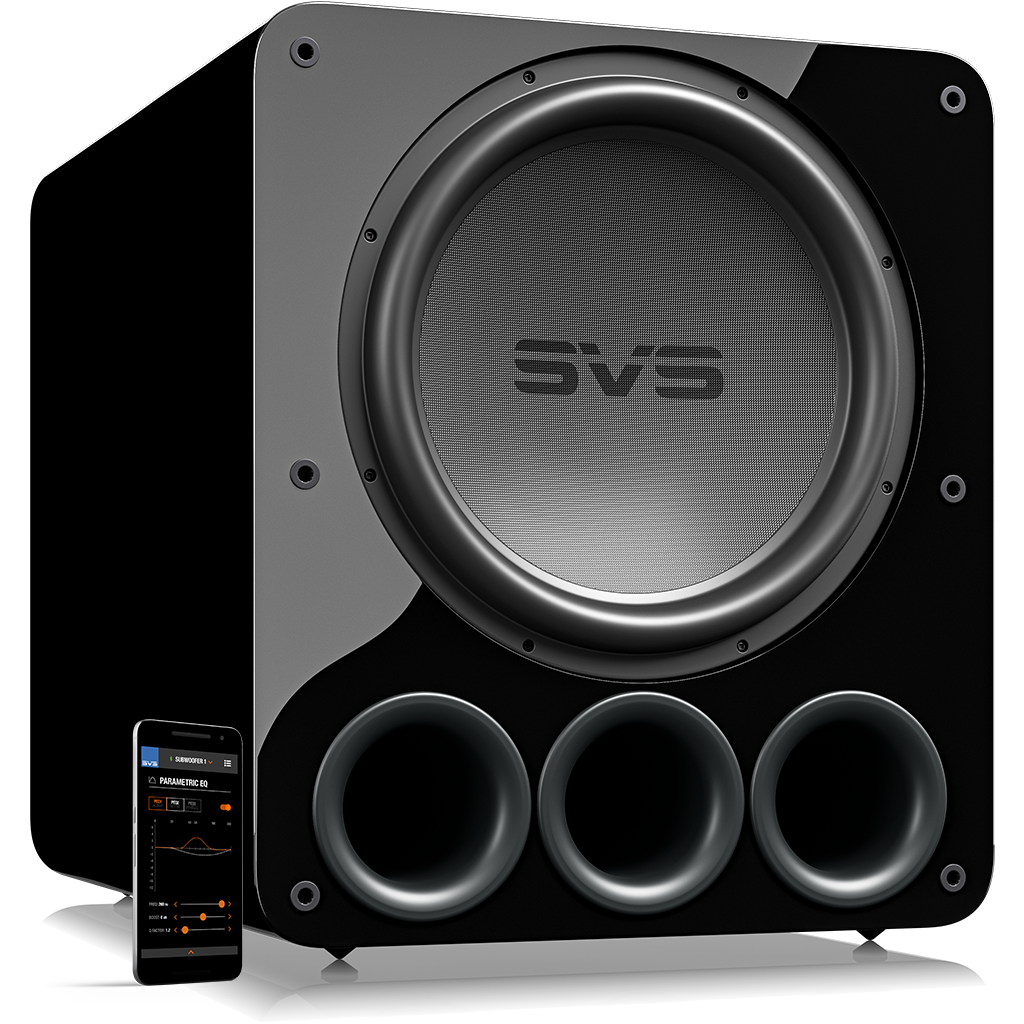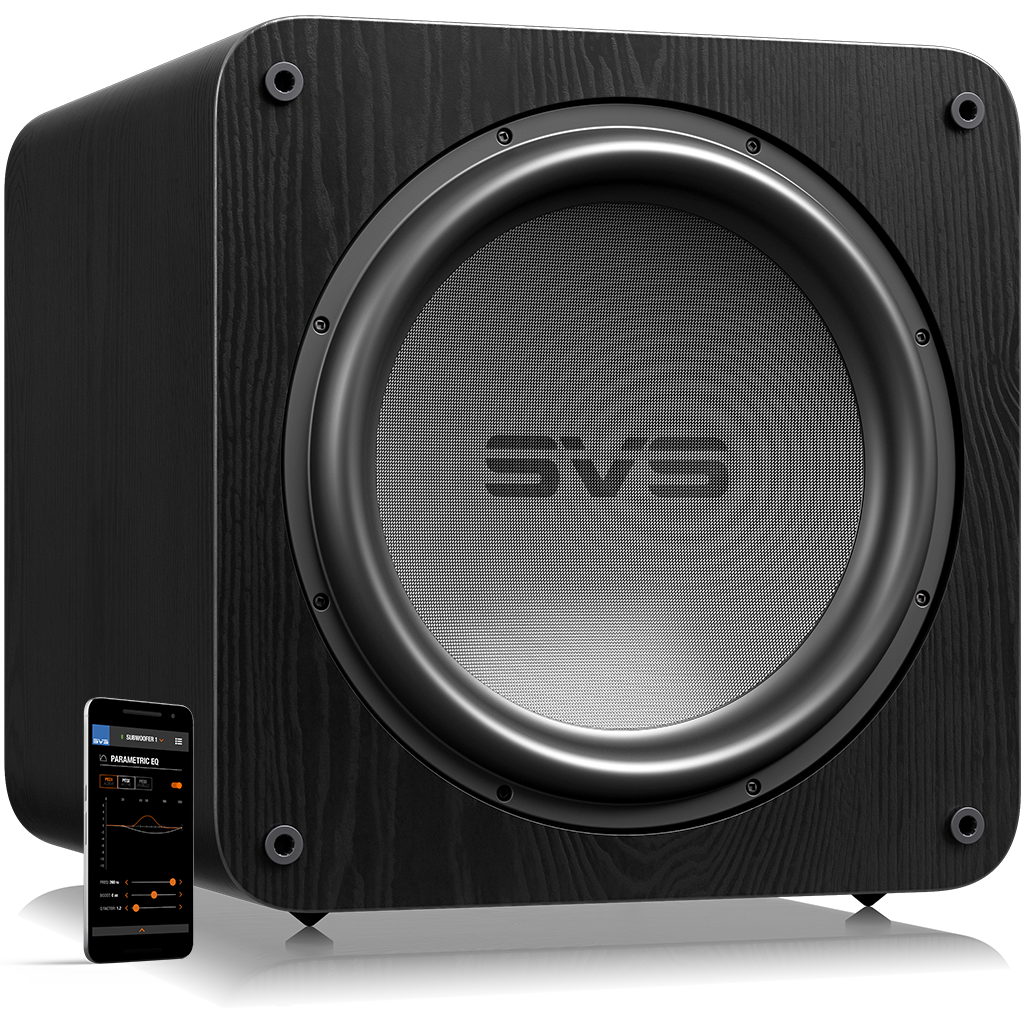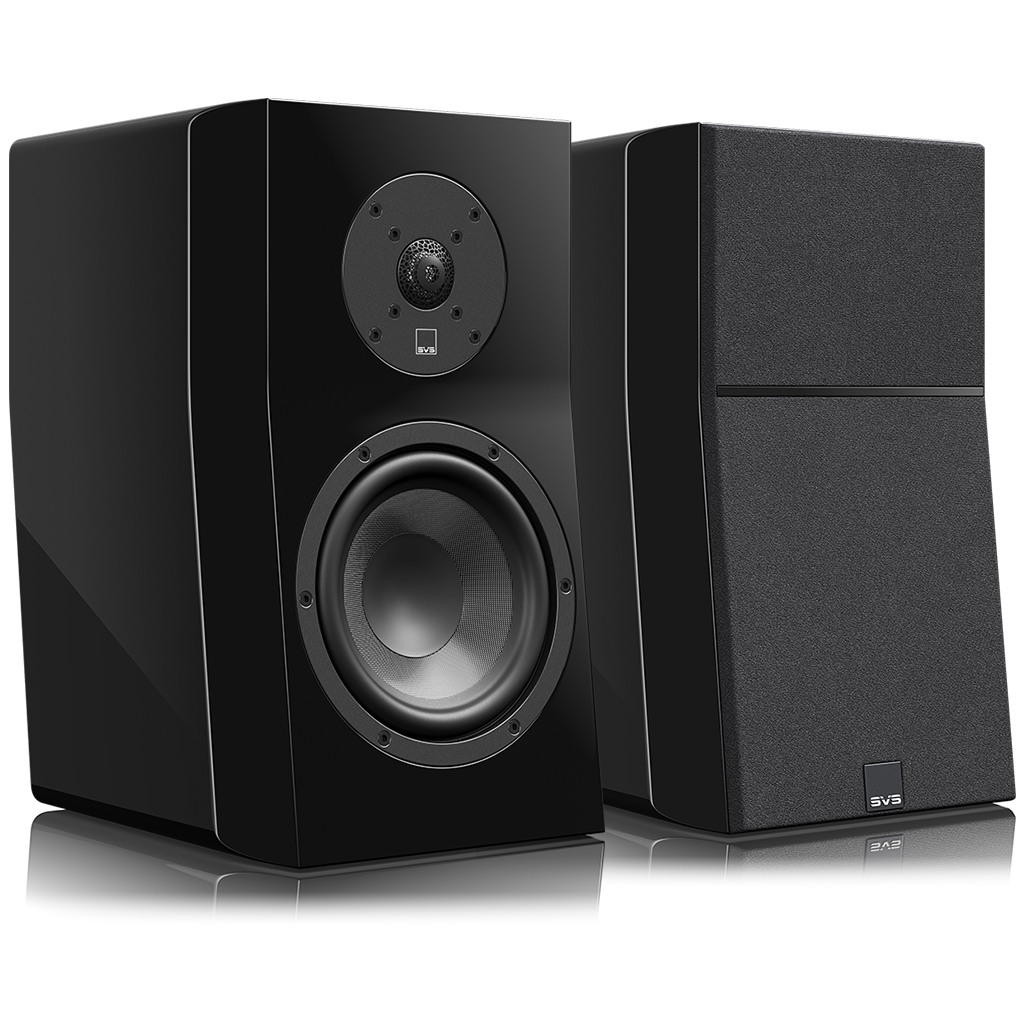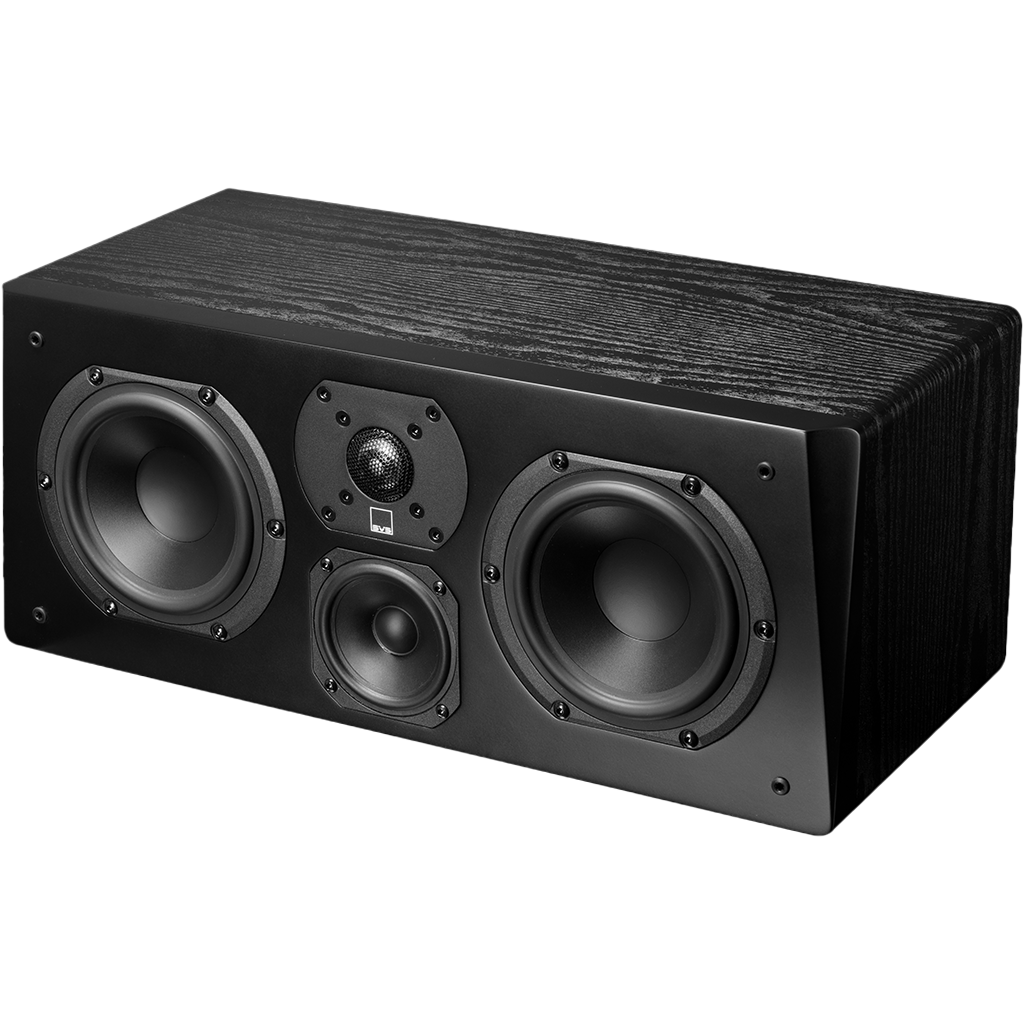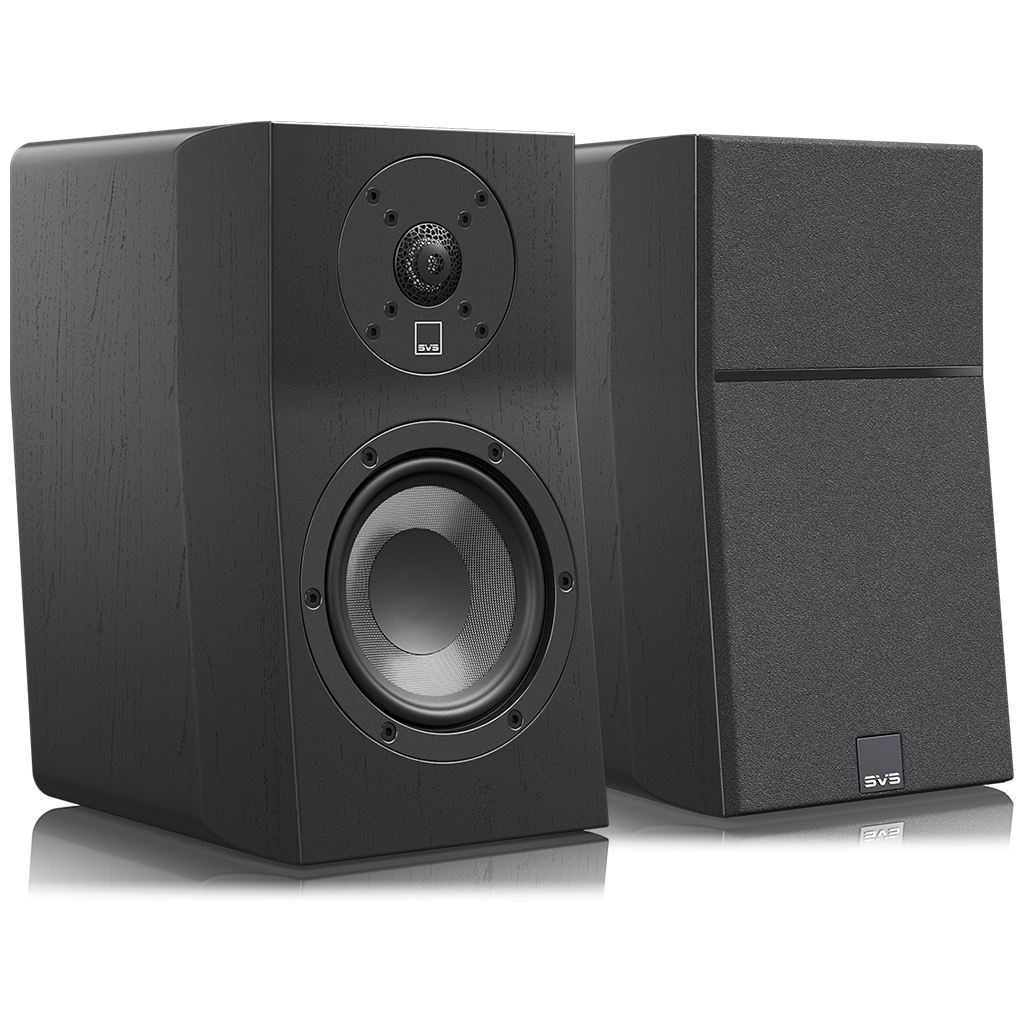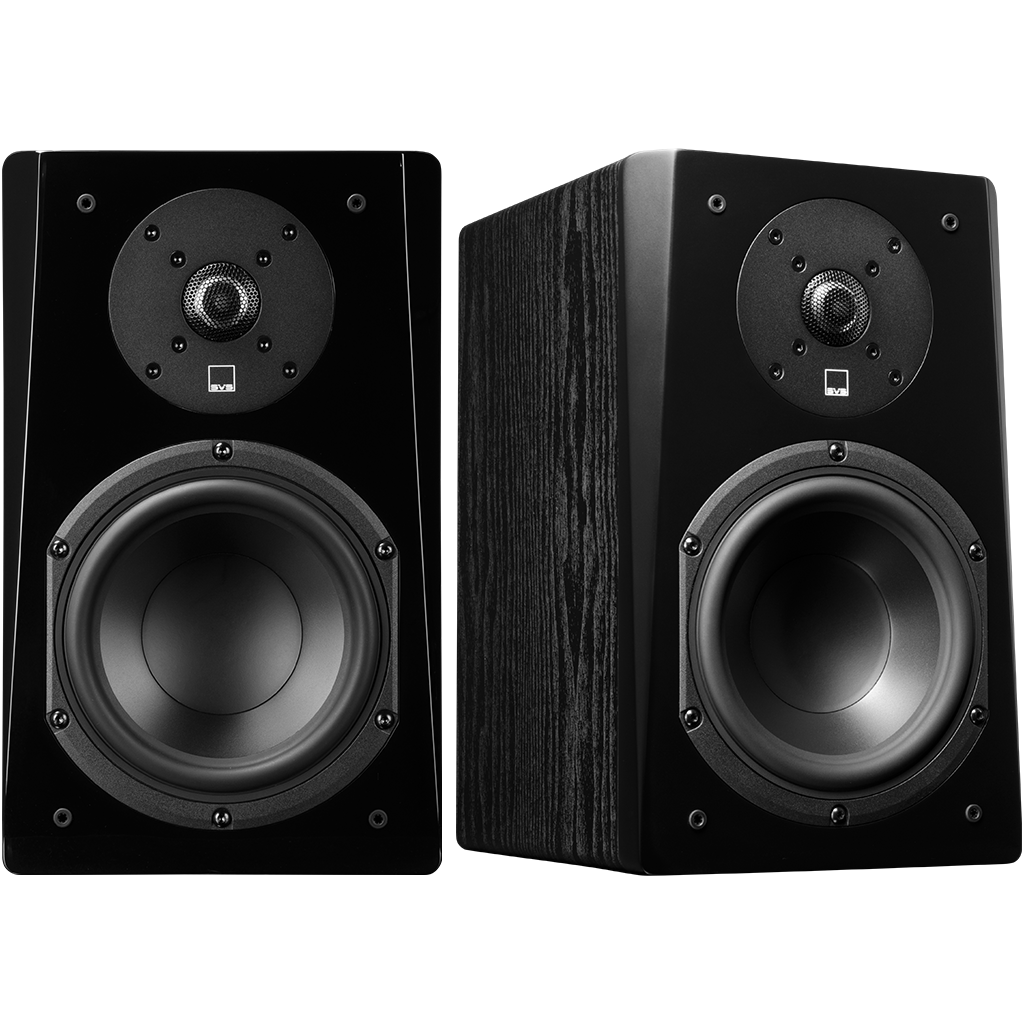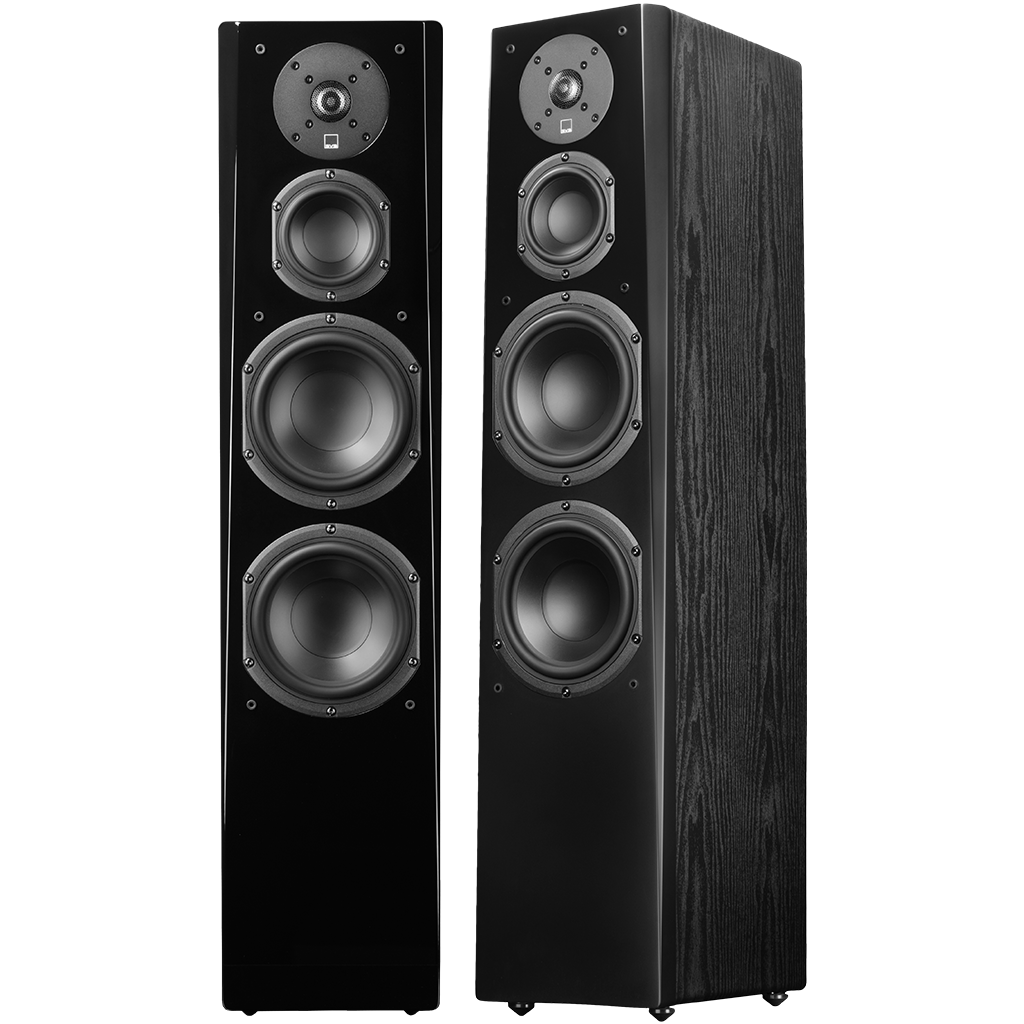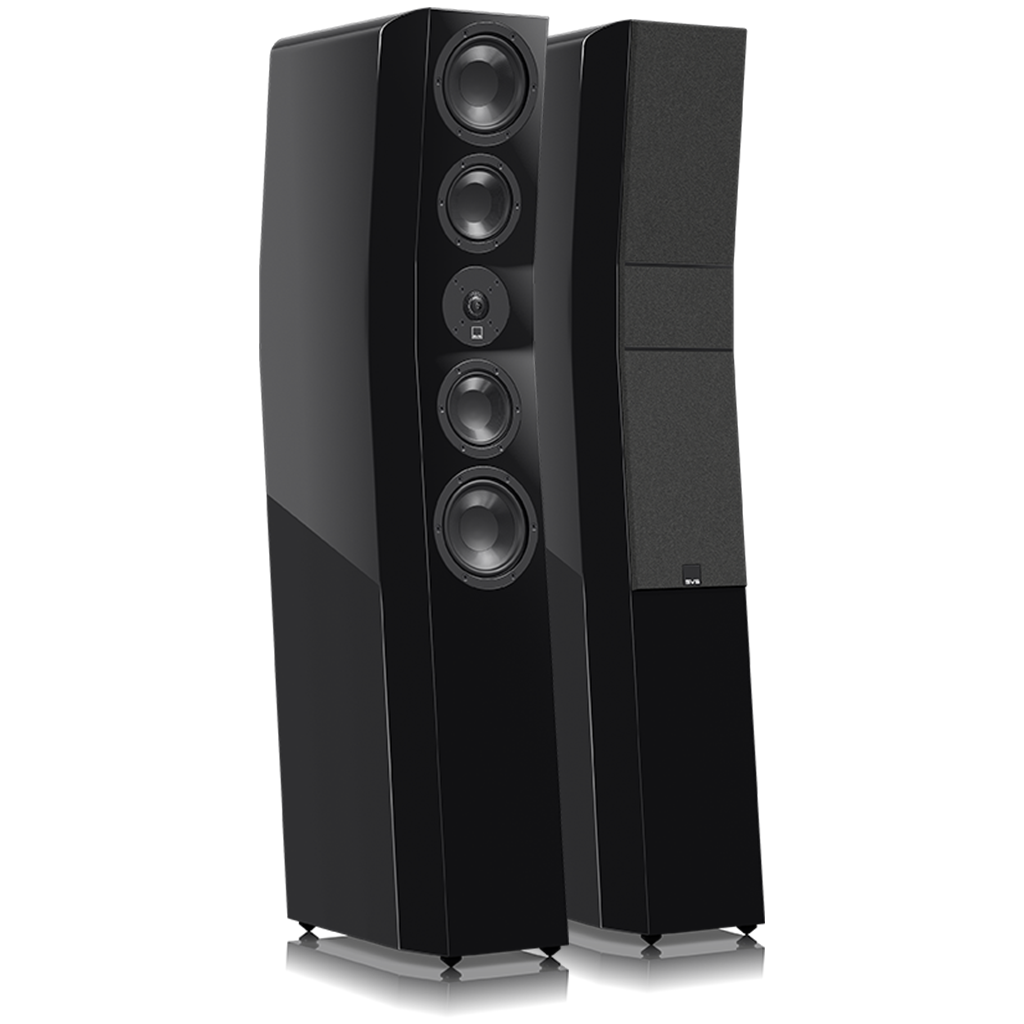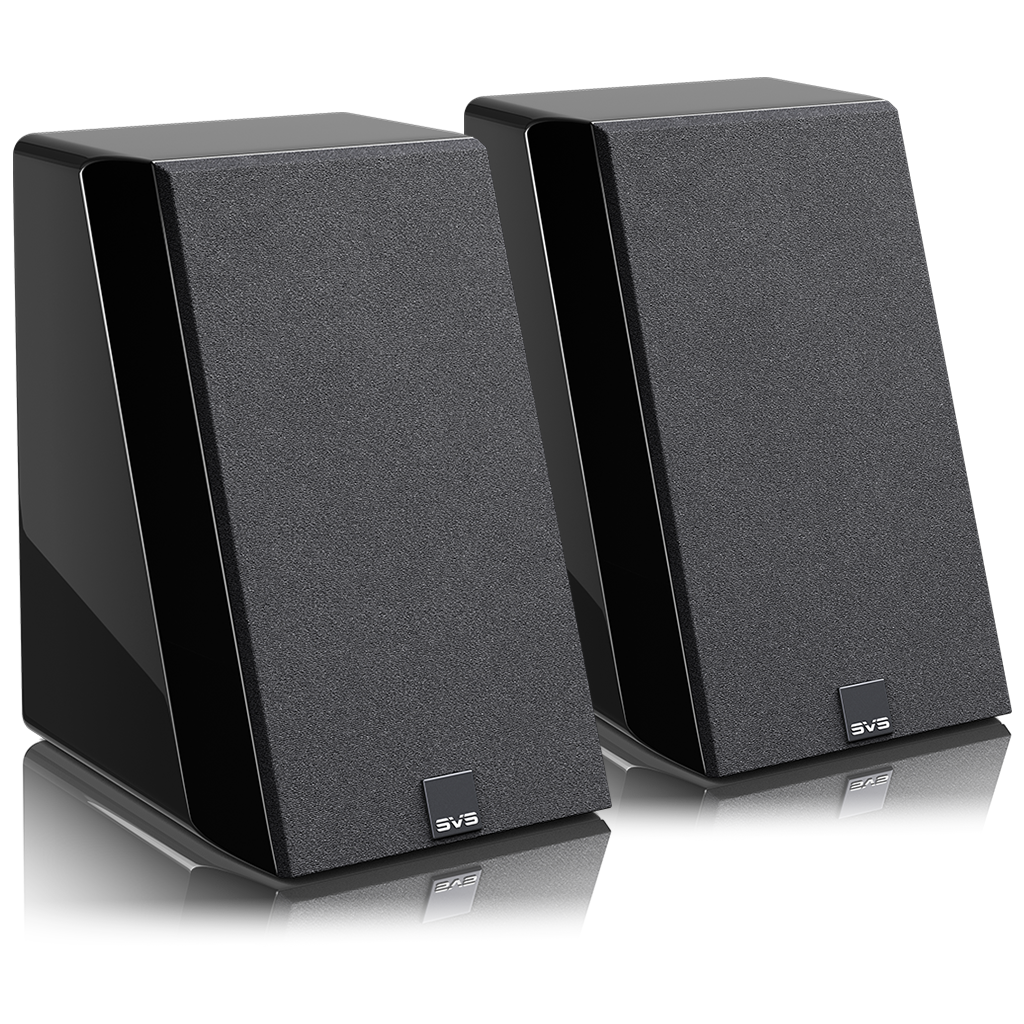Designing Prime Speakers
What were your priorities when designing the Prime Series?

When we started to plan out the Prime Series, we knew they had to deliver audiophile performance without the audiophile price, and we knew their predecessors, the Ultra series, were a huge triumph in terms of performance for the price. The fundamental challenge during development of the Prime Series was: How much of the Ultra series could we offer for half the cost?
I thought to myself - If we capture the core properties of the Ultra series drivers and cross-over designs, essentially the essence of what made Ultra series amazing, we can surely achieve the mystique of the Ultras at a fraction of the price. We then looked at every key feature of the Ultras from the tweeter dome and diffuser, to woofer suspensions and motor assemblies, to the cabinet chamfers and bracing, and preserved as much as possible to give the Primes the best possible launch pad. Simple changes to certain materials allowed us to save on the cost of the system, but we didn’t venture far from the important attributes that dictate performance. In a nutshell, a speaker is only as good as its parts and by starting with great drivers that have outstanding performance on their own, it makes for a perfect canvas.
What inspired the look of the Prime Series?
 For industrial design and aesthetics, we set out to make the Primes stunning, but also approachable by featuring some more traditional traits. From the overall cabinet dimensions, to the internal bracing, to the front chamfers that taper from top to bottom, to how the grills fit the baffle and around the drivers; every dimension of the cabinet aesthetic was scrutinized to make the Primes a family within the SVS collection. It’s also important to note that nothing was done for show, every Prime Series design feature has a desired acoustic benefit.
For industrial design and aesthetics, we set out to make the Primes stunning, but also approachable by featuring some more traditional traits. From the overall cabinet dimensions, to the internal bracing, to the front chamfers that taper from top to bottom, to how the grills fit the baffle and around the drivers; every dimension of the cabinet aesthetic was scrutinized to make the Primes a family within the SVS collection. It’s also important to note that nothing was done for show, every Prime Series design feature has a desired acoustic benefit.
What kind of processes are involved with “fine-tuning” a speaker once you have the basic build materials and cabinet design finished?
 Once all of the key components are ready, we enter the fun part called “voicing.” Making a great sounding speaker with woofers, tweeters and a cabinet that all work in unison is more involved than just slapping everything together, tossing in a simulated cross-over and calling it done. The real work is when you actualize the acoustic and mechanical simulations into reality. This involves the tedious but critical process of taking each model back and forth between various acoustic test chambers, dedicated calibrated listening rooms, and spending hours reviewing measurements and listening notes. I call it “tweaking to perfection.” This process requires countless hours and some sleepless nights critically listening to the most revealing and taxing material, yielding every crossover change to capture all the nuances that each system could reproduce.
Once all of the key components are ready, we enter the fun part called “voicing.” Making a great sounding speaker with woofers, tweeters and a cabinet that all work in unison is more involved than just slapping everything together, tossing in a simulated cross-over and calling it done. The real work is when you actualize the acoustic and mechanical simulations into reality. This involves the tedious but critical process of taking each model back and forth between various acoustic test chambers, dedicated calibrated listening rooms, and spending hours reviewing measurements and listening notes. I call it “tweaking to perfection.” This process requires countless hours and some sleepless nights critically listening to the most revealing and taxing material, yielding every crossover change to capture all the nuances that each system could reproduce.
Listening preferences are subjective in a lot of ways, how do you design a speaker that’s universally embraced by all ears?
From the onset of a new speaker design there are countless dimensions that need detailed attention: Acoustic, Electrical, Mechanical, Chemical, Aesthetic, Manufacturability, Packaging and so on.
The electrical design of a passive loudspeaker goes beyond just slapping a capacitor on a tweeter, and a copper coil inductor on a woofer and calling it good. In the same way that woofers and ported cabinets have distinct alignment properties, a speaker’s design is further complicated by the relationship with the crossover components and the natural electrical impedance of drivers. This is especially important when it comes to a cross-over region where two drivers are trying to blend the total response. When balancing drivers, directivity is one of the most critical parts of designing a system. If the points where two drivers start to taper off are too close, too far away, or in the wrong phase according to the network topology, you can create harsh peaks or vacant gaps in the sound of a speaker. Simulations for what should sound good can get you pretty close, but the final results always come down to critical listening.  From a measurement perspective, there are certain frequency response metrics that almost every human ear seems to perceive favorably, so you don’t deviate from what is tried and true. Beyond that, I put a lot emphasis on critical listening of demo material. I have an acoustic toolbox of 10 second to two minute clips of music and sounds that I know inside and out, upside down and backwards. Most importantly, I know what they should and can sound like if everything is tuned perfectly. I go into the process knowing every nuance and detail of each demo track, including what they do well and what they fail at, and what different speakers struggle to perform and excel with. There has to be male and female vocals, huge throws of dynamic range, and every instrument under the sun, and don’t forget loud stuff! I’m also careful not to use any of my favorite songs. I learned early on that you can never really enjoy a song in the same way after you’ve used it for voicing.
From a measurement perspective, there are certain frequency response metrics that almost every human ear seems to perceive favorably, so you don’t deviate from what is tried and true. Beyond that, I put a lot emphasis on critical listening of demo material. I have an acoustic toolbox of 10 second to two minute clips of music and sounds that I know inside and out, upside down and backwards. Most importantly, I know what they should and can sound like if everything is tuned perfectly. I go into the process knowing every nuance and detail of each demo track, including what they do well and what they fail at, and what different speakers struggle to perform and excel with. There has to be male and female vocals, huge throws of dynamic range, and every instrument under the sun, and don’t forget loud stuff! I’m also careful not to use any of my favorite songs. I learned early on that you can never really enjoy a song in the same way after you’ve used it for voicing.
Specifically, what types the refinements do you make during the voicing phase?
Each small change made to the crossover is meant to get the right balance and blending between the drivers, which is then validated with various acoustic and electrical measurements. Rinse and repeat. This process of listening, tweaking, and measuring over and over again represents the final 5% of the speaker design process. This “final polish” can take a speaker from being a glorified noise-maker to something that delivers awe-inspiring and shockingly visceral audio experiences. That final speaker is what some call the “golden reference.” A single speaker that becomes the acoustic mold for every speaker built in its image.  If you are a hobbyist you will make a second “golden reference” to match, but of course the work isn’t finished here. What good is a painstaking speaker design if you can only make one or two? We need to be able to make hundreds and thousands, one after another for years to come. That golden reference is then the standard for how each speaker is built and tested on an assembly line, kind of like a proud father making sure all his children are grown up, healthy, and ready to go out in the world. Piece by piece is added to the cabinet in a very specific order, and then subjected to a barrage of tests and measurements at each step to ensure the same performance as the golden reference. Once it passes all the performance tests, it’s cleaned up and carefully packaged for the trip to some lucky listener’s home.
If you are a hobbyist you will make a second “golden reference” to match, but of course the work isn’t finished here. What good is a painstaking speaker design if you can only make one or two? We need to be able to make hundreds and thousands, one after another for years to come. That golden reference is then the standard for how each speaker is built and tested on an assembly line, kind of like a proud father making sure all his children are grown up, healthy, and ready to go out in the world. Piece by piece is added to the cabinet in a very specific order, and then subjected to a barrage of tests and measurements at each step to ensure the same performance as the golden reference. Once it passes all the performance tests, it’s cleaned up and carefully packaged for the trip to some lucky listener’s home.
How would you define the SVS philosophy when it comes to audio product design?
One of the great joys I have as a designer is knowing that I work for a brand where we are explicitly designing products with no intention to save cost and short-change the customer. While many brands have strict cost requirements that often require cutting corners and using lower quality or lesser-performing materials, SVS inherently allows looser reigns when it comes to cost. Our CEO, Gary Yacoubian, and I have had extensive conversations over what makes some of the great products in the world, and what has ruined them. We have no intention of bringing anything to market that doesn’t already hugely surpass the typical benchmarks of performance/cost. We want everyone to be blown away as soon as they open the box.  As an aside, this is where a lot of other brands sadly fall down and fail their customers. In the entire process above, most brands are chained to very strict cost requirements in each phase. If the design is too expensive, the first thing to do is use cheaper and cheaper materials and components, and simplify the design until the price is right. It’s a win for everyone involved, except the customer who gets a lower quality and lesser performing product that inevitably fails sooner and feels cheaper to the touch, because it is. At SVS, we’ve embraced some uniquely disruptive methods to position ourselves in the market. Because of this, we can ensure that from the beginning to the end of every product we design, we have you in mind, and only want to present the best experience possible.
As an aside, this is where a lot of other brands sadly fall down and fail their customers. In the entire process above, most brands are chained to very strict cost requirements in each phase. If the design is too expensive, the first thing to do is use cheaper and cheaper materials and components, and simplify the design until the price is right. It’s a win for everyone involved, except the customer who gets a lower quality and lesser performing product that inevitably fails sooner and feels cheaper to the touch, because it is. At SVS, we’ve embraced some uniquely disruptive methods to position ourselves in the market. Because of this, we can ensure that from the beginning to the end of every product we design, we have you in mind, and only want to present the best experience possible.
What is your system at home and what are you listening to?
With all the traveling, my home office is filled with stacks of speaker prototypes. That being said, my time is split listening to one of two 2.1 systems driven by a trusty Emotiva UPA-2 power amplifier and an inexpensive DAC/Preamp. The first system is an all gloss pair of Ultra Bookshelf Speakers with a SB13-Ultra subwoofer. The second system is a pair of Prime Tower Speakers in black ash with the PC-2000 "pillar of bass.” Happily, both yield magical results throughout my home.
As for what I'm listening to, lately it’s been either Indie Downtempo playlists from Spotify, or my own collection of high res files that I’ve picked up from HD tracks and artists like Trent Reznor.




